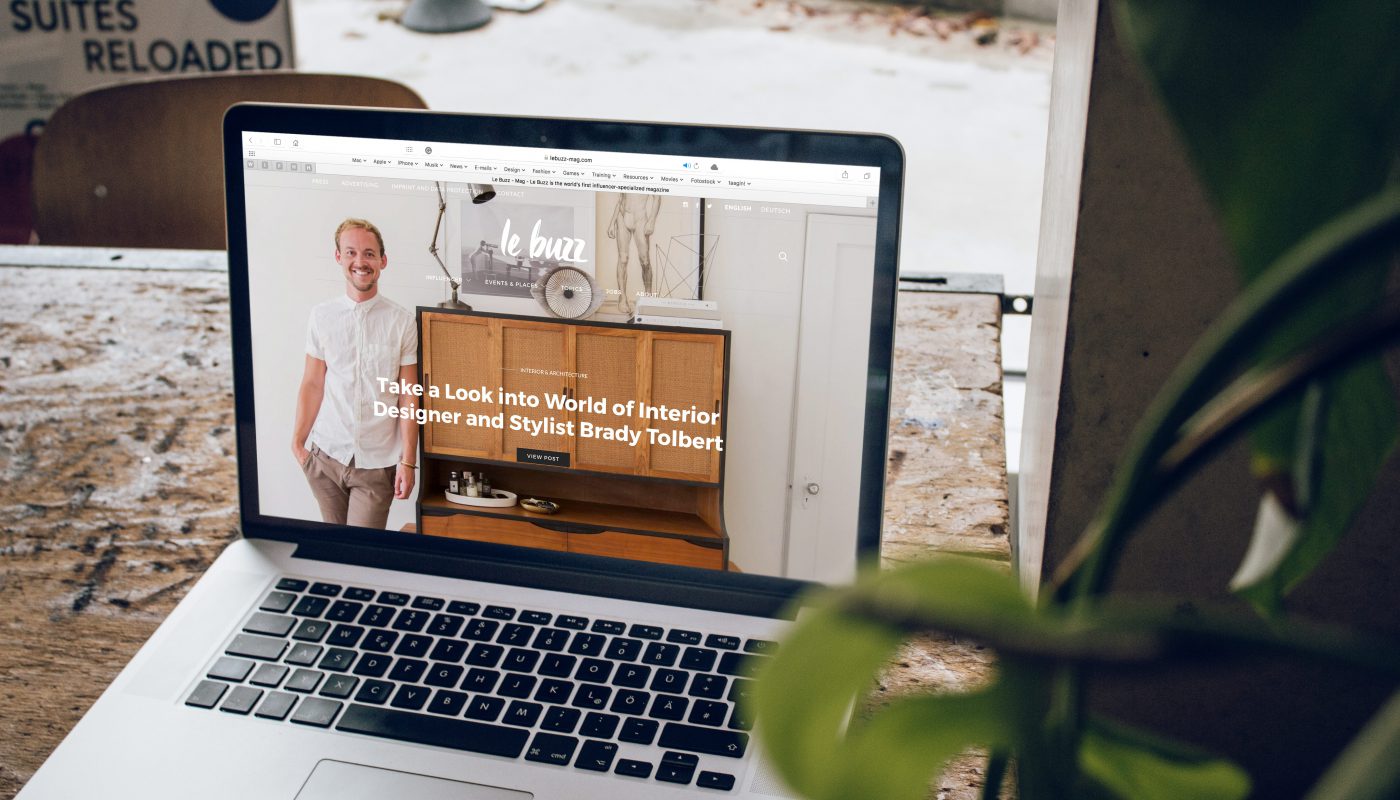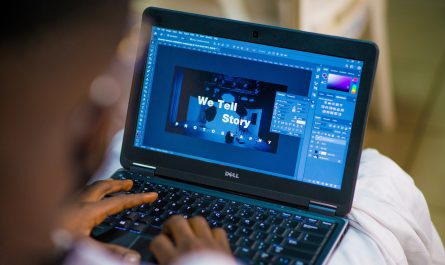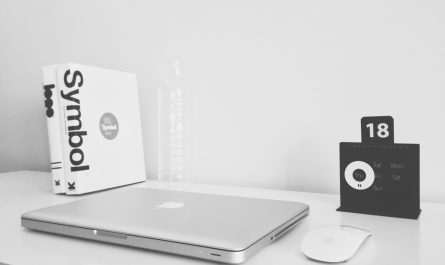This piece is dedicated to my students that wish to pursue arts as well as those that hope to be hired as freelance web designers. We are going to discuss portfolios in terms of how to make them and why they are necessary.
The Why

I’ve had people approach me and complain that the job market makes an ‘unreasonable’ request to see their portfolio and that they don’t see the point of having one in the first place. Why should you make a compilation of your work for free and just hope no-one will steal it?
Your portfolio speaks volumes of your talents, accomplishments, and training. It shows how good you are at what you do and presents you in the best possible light. Think of it as a CV. While your average would-be employee lists their education and work experience on white paper, you get to tell a story and show your work with your portfolio. This isn’t to say that you don’t need a CV to apply for jobs, you do. It’s just that a good portfolio can seal the deal.
The How
Now, let’s start building your portfolio. It is generally accepted that you need to present your best work. There is no need to overcrowd your website or binder with unnecessary designs – quality trumps quantity any day. Choose the pieces you are truly proud of. Side projects are more than welcome here.
Skip the ‘Meh’
If you are not happy with the final product, don’t put it into your portfolio. Don’t give your audience twisted versions of your original ideas because the client at the time demanded ridiculous changes. If you are not sure about your work, chances are that it shouldn’t be there. That being said, don’t second-guess yourself too much.

Formatting
This is up to you. You can tell a story that tells us how you got here or simply list your accomplishments. You can go nuts with being creative, but don’t forget to remain professional. When it comes to proper formatting, the rule is that there are no rules.
Include Accolades
Have you participated in a designer challenge or competition? Did your boss or client have special words of praise that they don’t mind you using? Perhaps you want to talk about your school and hometown. Remember that you are more than your work – you are a human being. Your clients will see the appeal of your personality if you let them.

Online or Offline?
The final question of the day is whether your portfolio should be on your site with a custom URL or in a binder that you take with you at all times when the opportunity knocks. The answer is: both. The modern age demands you be able to present your work and your profile at any given time, lest someone else beat you to the punch. Your online portfolio is great for recruiters.
On the other hand, the binder is perfect for situations like job interviews when you need to present individual sketches and logos to potential clients to show them you understand what they are looking for. Be prepared for anything.




